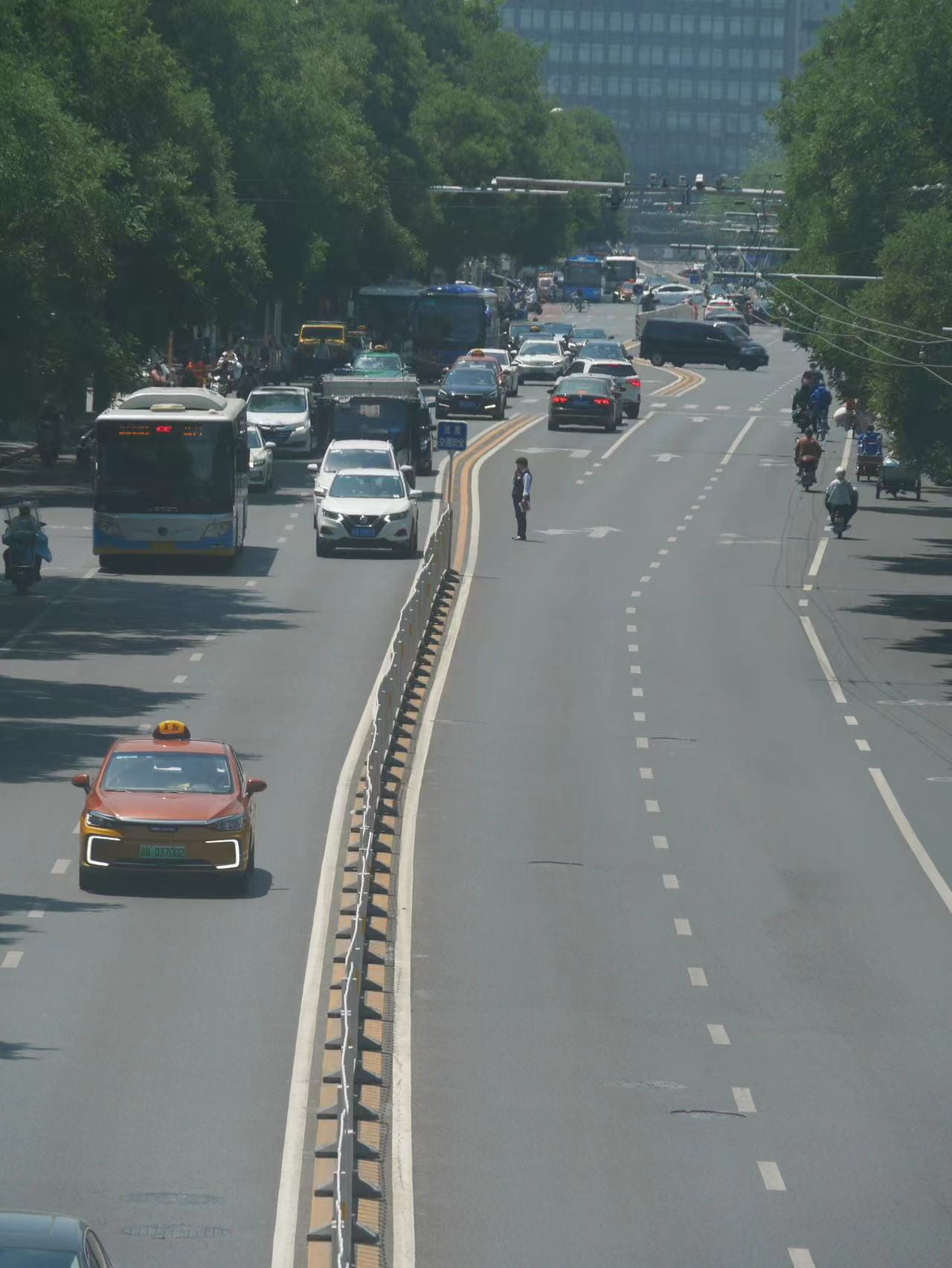We have a nice time at Happy Valley, and the activities are really interesting . 


George
I play the piano and love sports
Today, we visited lots of traditional Chinese Buildings, and learned many new knowledge about Chinese culture. It is a meaningful lesson.



There are lots of traditional Chinese arts in Liu Li Chang, and it is very fun.






798 has a strong artistic atmosphere. The art museum is very impressive and insightful. I believe people who love art will enjoy this place.



The weather is pretty nice today. Although the climbing to the top is difficult, the view from the top is spectacular. The old teacher who was reading the book is very cool.
My name is George Wang. I like to play basketball.
- When we make a good scene or theatre, we need to design that very carefully. We need to pay attention on the shape and angle of the stuff that we used in the stage. So, it is kind of a design when we make a theatre.
- I will add some details that will attract the audience.
- Put them in different shape and angle, or making the audience viewing those things from a different perspective.
- They need to know what kind of stuff that audience will interested and can be attracted.
For our final project, the solar panel receives the photon which is the solar energy from the sun and then converts them to electrical energy ( maximum for 22 v). For the first time, our solar panels just can provide a maximum of 14 v electrical energy, but after some trials, we found that 14 or lower than 14 v cannot provide sufficient energy for the lithium storage battery. So, we changed to bigger solar panels. Then we found that the capacity and power rate of lithium batteries were too low. We switched to lead-acid batteries, which have more storage capacity and faster power. In order to make it more convenient to use, we add a power indicator between the solar panels and lead-acid batteries. It shows how much power is left in lead-acid batteries and how much power is being provided by the solar panels.
The whole process is that a 20V solar panel receives photon from the sun and converts it into electricity of about 20V. At this time, there are two circuits to choose from. When we open the Power Switch, the electric energy converted by the solar panel will flow directly to the safe step-down USB interface, which can directly charge the mobile phone. When we turn off the power switch, the electricity will flow into the lead-acid battery for storage. The lead-acid storage battery is connected to another power switch and a safe step-down USB port. When we turn this switch on, the power in the lead-acid storage battery is sent to USB to charge the phone.
We have successfully applied energy conversion, converting solar energy into electricity. Then the electrical energy was successfully stored. Eventually, our solar charging bank can be used in a variety of situations. When the sun shines brightly enough that the phone does not need to be charged, the solar energy transfers electricity to and stores it in lead-acid batteries. When the sun is shining brightly and the phone needs to be charged, the solar panel can also charge the phone directly. When solar power is not available but the phone needs to be charged, such as at night and on cloudy days, the electricity stored in the lead-acid battery can be used to charge the phone. When the sun is shining or the lead-acid battery is fully charged, the device can provide a one-hundredth of a minute’s charge. This kind of charging efficiency is very high, surpassing most charge banks.
We can improve the portability and appearance of the product so that customers can use it more conveniently. Attract more customers through better appearance. But the side effect of this is that it becomes less efficient to charge because we reduce the size of the device
This device is very environmentally friendly. It uses renewable energy to charge mobile phones. Solar is a renewable energy source that is environmentally friendly compared to non-renewable sources such as burning coal to generate electricity It consists mainly of a solar panel and a lead-acid storage battery, and the battery can be reused and does not need to be replaced often. Changing batteries frequently is bad for the environment because many people don’t know how to properly dispose of discarded batteries. If they throw the waste battery directly into the trash can, it will cause great environmental pollution. This battery eliminates this problem by replacing disposable batteries with reusable lead-acid batteries.
Our customers are mainly those who are camping in the wilderness or driving tourists. Because they are in a unique situation and do not have the mobile power service provided by the hotel, using this device ensures that they can continue to use the phone in such a situation. We also hope that more customers can use this device in their daily life so that they can have the concept of renewable energy use. We hope that this product is not only a charging bank
but also can promote more people to use renewable energy to protect the environment. The earth’s resources are limited, and we need to cherish them so that we have sufficient reserves in special circumstances.

As you can see in these pictures and videos, the percentage of the phone’s battery is increasing by the time.
After the production, we conducted a test on the product. We found some problems that need to fix:
- It can be slow to change due to the lack of converted power from solar panels.
- In the evening, when you charge your phone with a lithium battery, you may have less storage space.
- When the lithium-ion battery becomes too low, the charger will reverse the process and drain the electric energy from the phone.
- Sometimes the solar power bank works in reverse to drain the battery from the phone
- If there is no sunlight for a long time, the battery bank will not be able to charge after the backup power of the Lead-acid storage battery is used up.
Based on Problem 1, our group decide to have multiple solar panels connected togather to generate electricity and increase power. Based on Porblem 2 and 5, we decided connect motiple Lead-acid storage batteries to increase its capacity. In order to make the connection of two obejcts, we need to learn the series connections. This technology is different with the normal parallel connection. The series connections means that we need to connect the positive pole of one object to the negative pole of another object to achieve the effect of adding the power of the device. Through this technology, we fixed the first two problem.
According to the thrid and fourth problems, we found that the USB interface provided by the school is not the common interface. This USB port is a safe-down port, so it lowers the voltage in the Lead-acid storage batteries, which is the reason why the phone charges the solar bank in reverse. When the voltage in the phone exceeds the voltage provided by the charging point device, the electricity in the phone automatically flows into the charging bank. When the voltage in the phone exceeds the voltage provided by the charging point device, the electricity in the phone automatically flows into the charging bank. To stop the backflow of electricity in the phone, we need to place an LED light between the lead-acid battery and the USB port, which makes the current flow in only one direction. Later, we found that the LED light did not turn on due to the high voltage. So we installed a resistor in front of the LED lamp to make the LED light on.
I need to break the whole plan down into small steps to help me get the whole product out of the way. Here are my steps :
- Decide what product do I want to make (Already explain in blog post 1)
- Learn the knowledge that I need to use for my project
- Make the sketch model and design paper
- Prepare the materials that I need (if I can’t find them in the school’s design center, buy it online)
- Learn some manufacturing techniques (can guarantee the product that we made is the same as a power bank on our design paper)
- Go to the design center, and manufacture the product
- Finish the product
- Collect the comment and make some fixing for my product
In order to make this charging device complete and run normally, I need to learn some knowledge and techniques in new fields. I need to know how to build a complete circuit that loops current through the device. I need to understand how lithium batteries, solar panels, and power banks work. For techniques, I also need to handle how to weld wires. We learned this through Internet access, videos, and textbooks, as well as discussions with teachers, classmates, and parents.
My schedule:
- The first day: Make final modifications to the design
- The second day: Make the solar power bank
- The third day: Make the solar power bank
- The fourth day: Finish making the solar power bank. Taking a test of the product, then collect feedback and advice from others
- The fifth day: Modify the product to improve its performance
Material lists:
- USB interface
- Wire (two colors: red for + and black for -)
- Self-locking Power switch
- Lead-acid storage batteries
- Soldering gun
- Electric resistor
- Scissors
- Multimeter
- Glue gun
- Wire strippers
- Tin wire
- heat shrinkable tube

© 2025 George
Theme by Anders Noren — Up ↑
Recent Comments